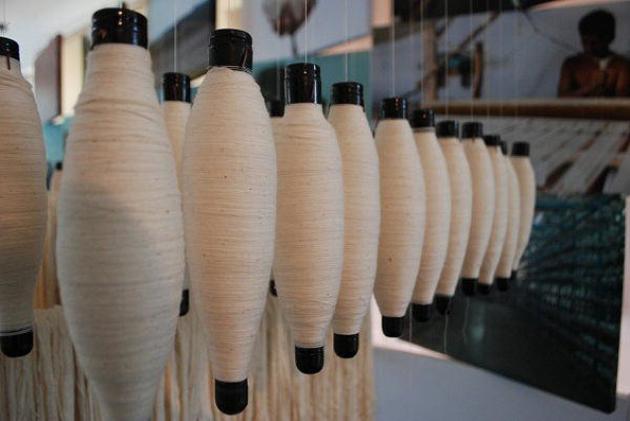
Collector P Sankar on Saturday made an appeal to the leather industry to focus on producing quality products at an affordable cost using clean technology.
The industry has advantages of using advanced technology though it suffers from pollution and unskilled labour, Sankar said at the inauguration of the fourth edition of the ‘Ambur Open 4’, a two-day exhibition of components, accessories, finished leather, leather technology and machinery, organised by the Indian Shoe Federation at the Trade Centre at Ambur.
It is important for the country to move to better technologies as it has to compete with countries like China and Indonesia. The Collector said Indians had special respect for converting anything into useful products and they were rated as the best in terms of skills.
India produced around 200 crore square feet of leather every year and stood second in leather exports earning around `30,000 crore.
This industry also employed around 25 lakh persons, including 8 lakh women. K Vijayan, president of the ISF, said that the event was aimed at providing a trade and networking platform showcasing the very best of finished leather, footwear components, accessories and technology as well as shoe machinery, which is being exhibited for the first time.
The importance of being innovative and the need to constantly update products is a step to overcome product obsolescence and survive in the future. The fourth edition of Ambur Open 4 is a step in this direction, he noted.
R Ramesh Kumar, executive director of the Indian leather Export Council, said that while the export of leather had touched 5 billion dollars in 2012-13, the target would be doubled in the next five years. Ambur MLA Aslam Basha and director of CLRI A B Mandal were present on the occasion.
source: http://www.newindianexpress.com / The New Indian Express / Home> States> Tamil Nadu / by Express News Service – Vellore / June 30th, 2013








